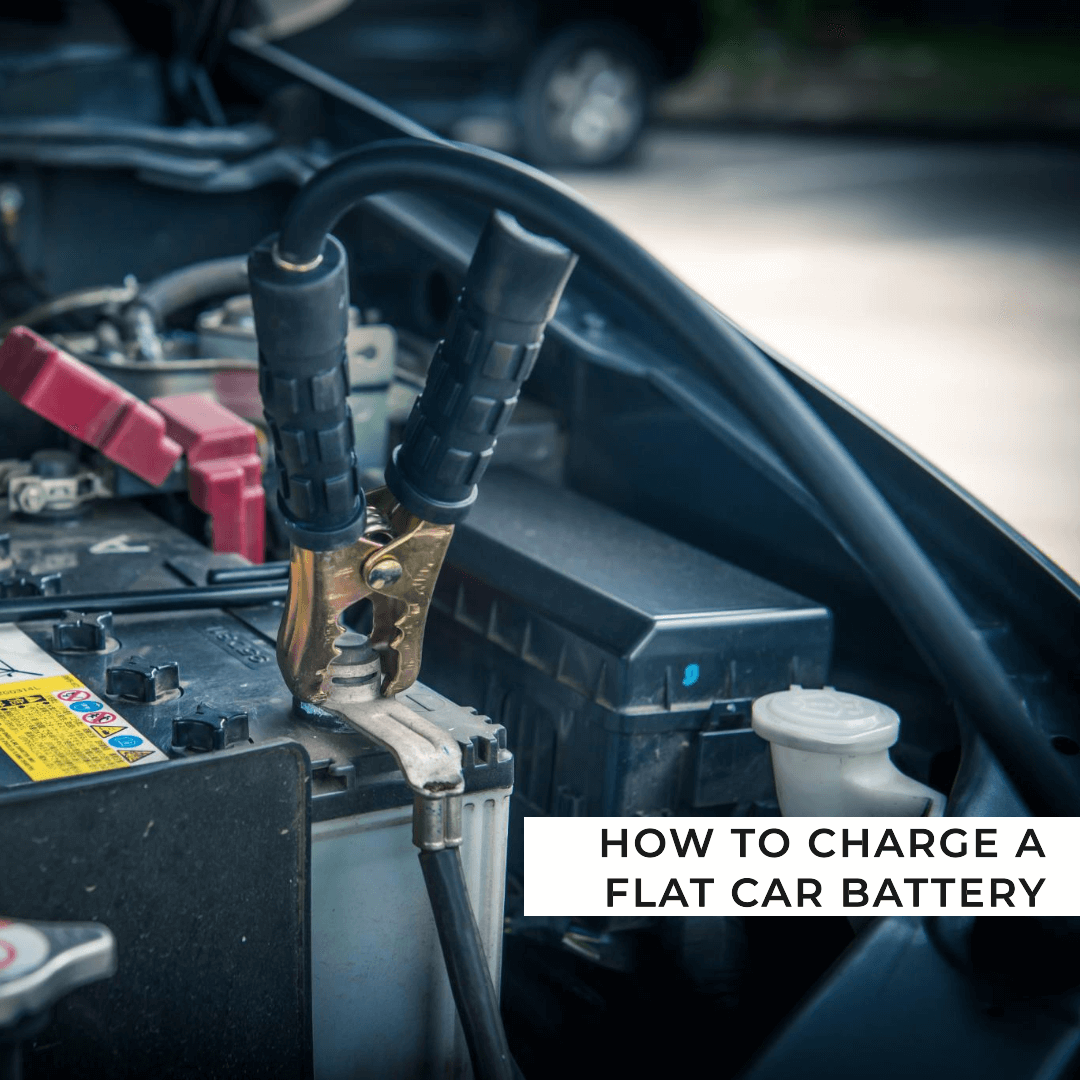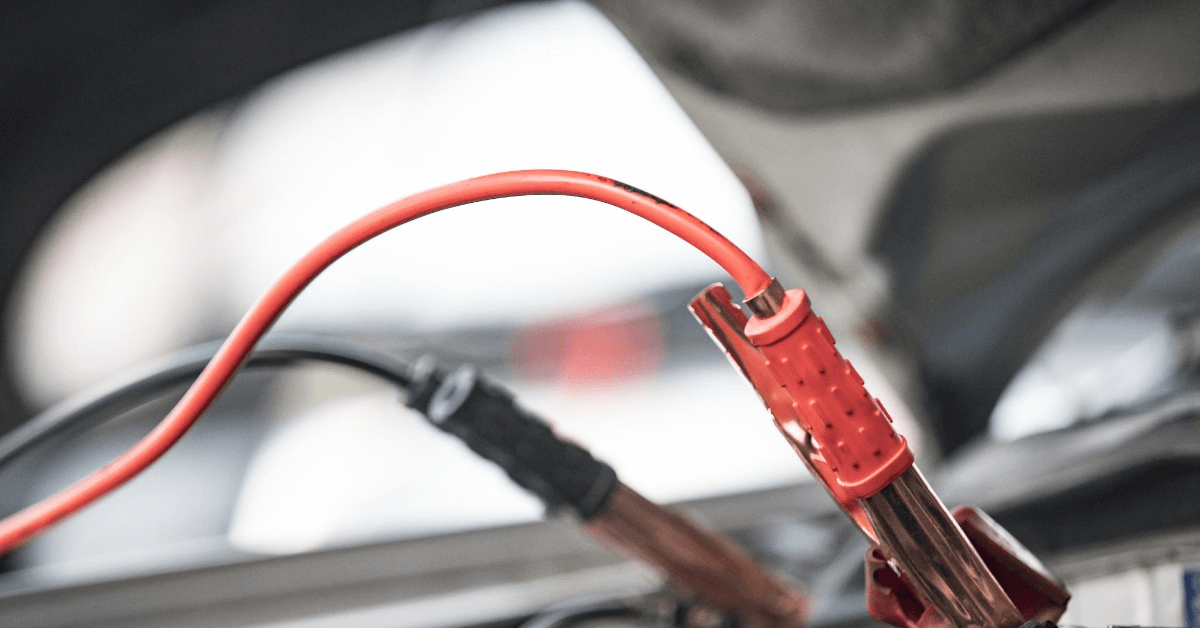Have you ever found yourself in a situation where your favorite gadget suddenly stops working, only to realize that its battery has gone completely flat? It’s frustrating, right? We’ve all been there, desperately trying to resuscitate our devices, hoping that somehow, magically, the battery will come back to life. But can a complete dead batteries be charged?
Understanding Dead Batteries
When we say a battery is “flat,” we mean that it has been fully depleted of its charge and has reached a critically low voltage level. It’s like trying to run a marathon without any energy left in your body – you just can’t keep going. Batteries, whether they are in your smartphone, laptop, or any other electronic device, store chemical energy and convert it into electrical energy to power your gadgets.

The Chemistry Behind Batteries
To comprehend whether flat or dead batteries can be charged, it’s essential to understand the chemistry that governs them. Most modern portable devices use rechargeable lithium-ion (Li-ion) batteries. These batteries work by allowing lithium ions to move between the positive and negative electrodes during charging and discharging.
The Charging Process
During the charging process, a voltage is applied to the battery, which forces lithium ions to migrate from the positive electrode to the negative electrode, where they are stored. This creates potential energy in the battery, ready to be converted into electrical energy to power your device. But what happens when the battery is flat?
The Challenge of Flat Batteries
When your battery is completely flat, there’s a significant challenge to overcome. At critically low voltage levels, lithium-ion batteries have built-in safety mechanisms to prevent over-discharging. Over-discharging can lead to irreversible damage, reduced capacity, or even dangerous situations like swelling or leakage.
The “Battery Saver” Mode
You might have noticed that some devices have a “battery saver” mode. This feature kicks in when your battery reaches a certain low level, usually around 5% or 10%, to protect it from over-discharging. In this mode, the device reduces power consumption and performance to preserve the remaining charge and extend battery life.
Charging a Flat Battery
Now, back to the question – can flat batteries be charged? The answer is both yes and no. It depends on how “flat” the battery is and whether its safety mechanisms have kicked in. If your battery is just slightly depleted and hasn’t hit the critical voltage level, you can usually charge it without any issues.
The Waiting Game
Here’s where the waiting game comes into play. When a lithium-ion battery becomes extremely flat and triggers the safety mechanisms, you might need to wait a little while before attempting to charge it. During this waiting period, the battery voltage might recover slightly, enabling the charging process to begin successfully.
Plugging your device into a charger and immediately expecting it to come to life might not work. Give it some time, and if you’re lucky, the voltage will increase enough to allow the charging process to proceed.
The Dangers of Extreme Discharge
However, it’s crucial to note that extremely discharging a lithium-ion battery can have severe consequences. If a battery’s voltage drops too low and stays there for an extended period, it can lead to a condition known as “deep discharge.” Deep discharge can cause chemical reactions inside the battery, leading to the formation of copper or lithium metal, which can be dangerous.
The Point of No Return
Once a battery reaches this point of no return, it becomes virtually impossible to recharge, and your beloved gadget might be rendered useless. Therefore, it’s essential to take care of your batteries, avoid over-discharging them, and follow the manufacturer’s guidelines for optimal battery health.
Read Also: How Temperature and Humidity Affect the Car’s AC Performance
Avoiding the Dead Battery Scenario
To avoid finding yourself in the flat battery conundrum, consider adopting these tips:
1. Battery-Friendly Charging Practices
Try to avoid constantly charging your device to 100% or fully depleting it. Charging between 20% to 80% is generally considered a battery-friendly practice.
2. Keep Your Device Cool
High temperatures can accelerate battery degradation, so try to keep your device in a cool environment, especially during charging.
3. Regularly Use Your Battery
If you have a spare device that you don’t use often, make sure to charge and discharge its battery periodically to keep it healthy.
Wrapping Up
So, can dead batteries be charged? The short answer is yes, but with a bit of patience and luck. If you are still facing issues, contact us Dubai Car Recovery for car jumpstart and boosting services.





